Lucky blooms for a prosperous Year of the Pig

Written by Isabelle Liew
If you’re looking to reap some luck this Lunar New Year, there are a multitude of auspicious plants that can help. The experts explain the symbolism of these plants, and share tips on where best to place them
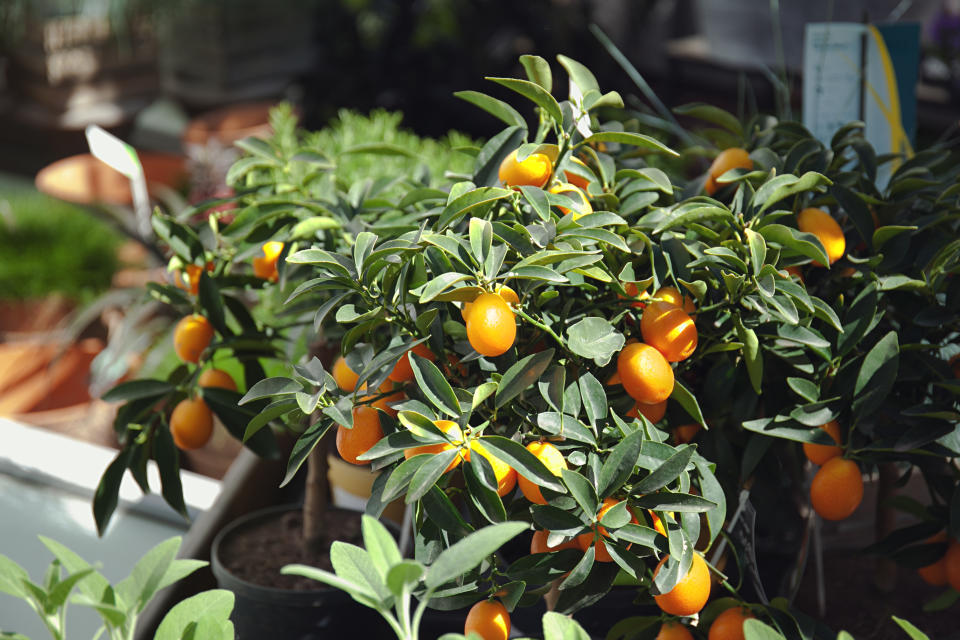
1. Kumquat or Four Season Lime
The golden orange fruit of citrus plants like the Kumquat and Four Season Lime resemble gold nuggets, making them especially popular during the Lunar New Year. They symbolise abundance in wealth, says Master Lim Eng Cheong, founder of Chang Consultancy. Master Jacelyn Phang from New Trend Lifestyle points out that Kumquat is known as “jin ju” (金桔) in Chinese, which is synonymous with “gold luck”. She adds: “This is a great gift for business owners to place outside their office door to usher in luck.”
Where to place: Main door, living room
READ MORE:
10 cookies and snacks you should buy for this Chinese New Year 2019
8 new yu sheng to toss for Chinese New Year

2. Pussy Willow
The fluffy silvery-white blossoms of the pussy willow resemble silk, which is a prized luxury fabric, says Master Lim. “Its Chinese name, “yin liu” (银柳), sounds like “yin liang” (银两), which means silver taels – the currency of ancient times. It’s therefore believed to bring an abundance of prized assets and wealth for the year ahead,” he says. The pussy willow also represents the coming of spring, which symbolises new life, fresh beginnings and the realisation of one’s dreams, says Master Phang.
Where to place: Living room
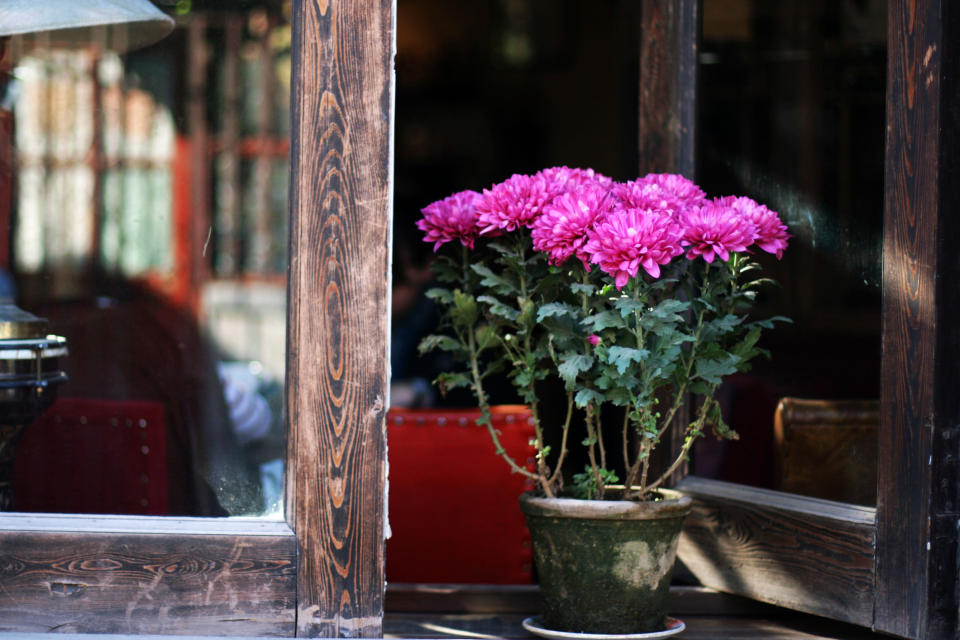
3. Chrysanthemum/Marigold
The bright gold colour of the chrysanthemum is believed to draw wealth and abundance into one’s life, and signify both new life and longevity, says Master Phang. Master Lim points out that it can be used for medicinal purposes, so it also symbolises good health. “Its Chinese name, “ju” (菊) sounds like “ji” (吉), which means lucky or good fortune,” he says. Place your chrysanthemum plant in the West or East sector of your home, as this helps draw in abundance for the year, adds Master Phang.
Where to place: Balcony, living room, altar table
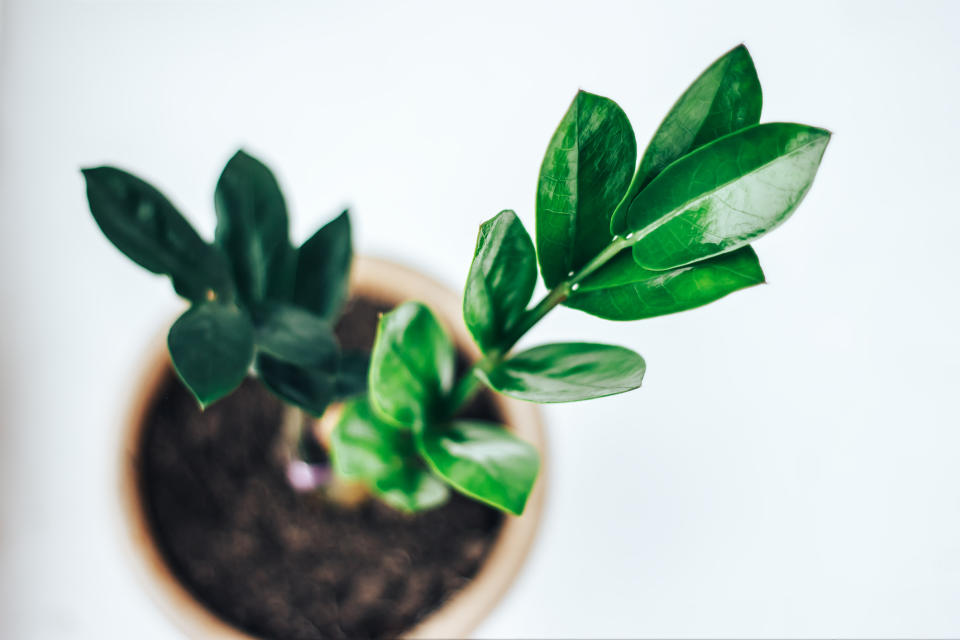
4. Zamioculcas, also known as Zanzibar Gem or Emerald Palm
Zamioculcas are known as “jin qian shu” (金钱树) in Chinese, which directly translates into “money plant”. According to Master Lim, “Its attractive glossy foliage resembles strings and strings of precious coins, so it is believed to bring abundant wealth or lead to the accumulation of wealth in the year ahead.” Master Phang says that Zamioculcas should be placed in the North sector of the home, as this sector governs academics and career in 2019. “You are giving a boost to both career advancement and direct income luck,” she says.
Where to place: Main door area, balcony, living room

5. Dracaena Sanderiana, also known as Lucky Bamboo
The lucky bamboo is sometimes twisted into shapes or arranged in patterns which have meanings in feng shui. Master Lim says that the curly or spiral bamboo symbolises a turn of fortune and change for the better, while those stacked in layers – in a pagoda structure – symbolise progression and career advancement. He adds: “Bamboo is called “zhu” (竹) in Chinese and it relates to a common saying, “zhu bao ping an” (竹抱平安), which signifies the bamboo bringing peace and safety to the people.” When gifting, gift the bamboo in sets of 10 as this represents perfection and reunion, says Master Phang.
Where to place: Living room, study
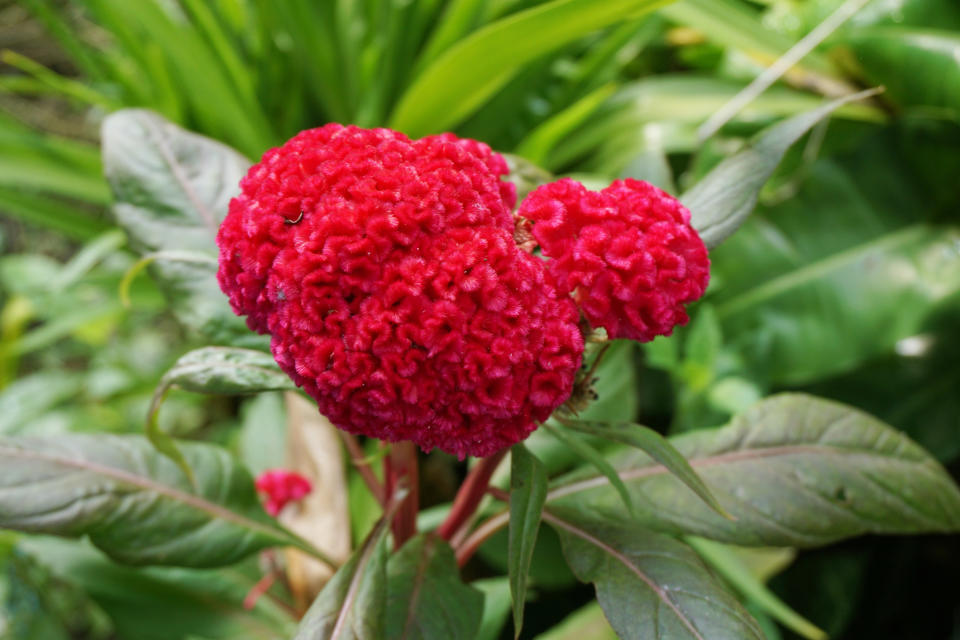
6. Celosia Cristata, also known as Cockscomb
The cockscomb blooms with a compacted crest head, resembling the red crown on a rooster’s head. The rooster is an auspicious animal in Chinese culture, explains Master Lim, and is believed to herald good fortune, intelligence and career advancement. “As it crows at the break of dawn, it signifies a new day and a new beginning. It is believed that its loud crow scares or wards off evil spirits,” he says.
Where to place: Main door, living room, balcony, study
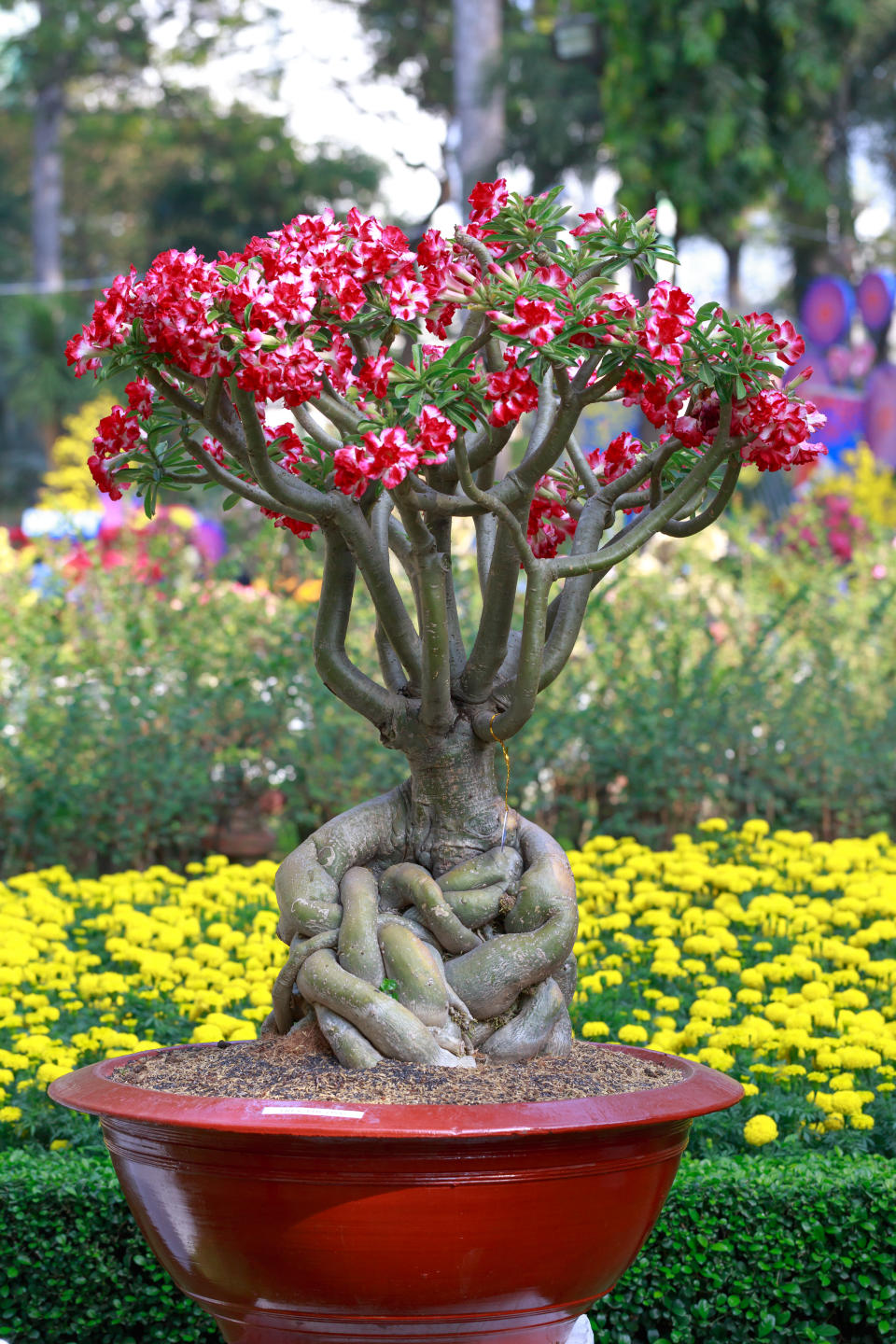
7. Adenium Obesum, also known as Desert Rose
The desert rose is believed to bring blessings of prosperity, high social status and abundant offspring. Master Lim explains: “The swollen basal stem and root symbolise fertility and abundance, and the brightly-coloured red and pink flowers represent good luck and prosperity.” Master Phang adds that its Chinese name, “fu gui hua” (富贵花), directly translates to “flower of wealth”.
Where to place: Main door, living room, balcony

8. Orchid or Phalaenopsis (Moth Orchids)
Besides being Singapore’s national flower, orchids symbolize elegance, respect, fertility and abundance, the experts say. “Rich purple or pink orchids should be placed in your living room to boost the fire elements of your home,” says Master Phang. “This helps to “activate” the money sector of 2019, and draw auspiciousness.”
Where to place: Living room, study

